Exploring the great outdoors is a fantastic way to unwind and connect with nature. U.S. national parks offer some of the most breathtaking landscapes in the world. However, not all parks are as serene as they appear. Some possess hidden dangers that can catch you off guard if you’re not prepared. Here are 14 U.S. parks where a little extra caution can go a long way.
1. Grand Canyon National Park
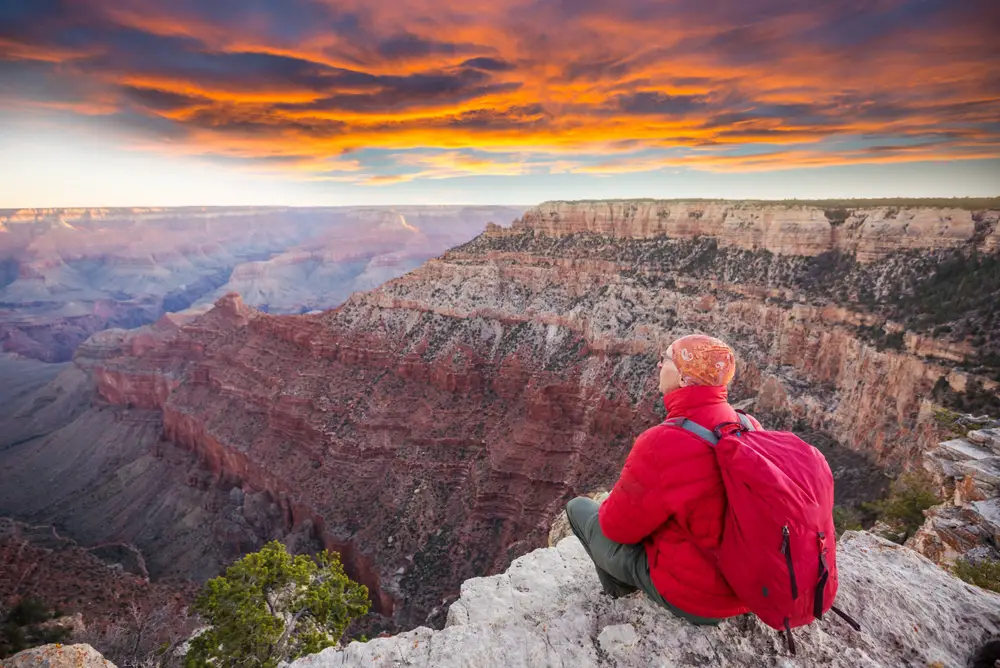
The Grand Canyon is stunning, no question about it, but it’s also a place where you need to keep your wits about you. With its sheer cliffs and dizzying heights, the risk of falling is very real. Each year, there are incidents involving people getting too close to the edge for that perfect photo. According to the National Park Service, falls are among the most common causes of injury here. So, while you’re admiring the view, make sure to stand back and respect the barriers.
The weather at the Grand Canyon can be quite unpredictable, adding another layer of risk. Temperatures can swing dramatically within the same day, catching visitors off guard. Heat can be a major issue during the summer months, leading to dehydration and heatstroke. Rangers often find themselves rescuing hikers who underestimated the difficulty of the trails. If you plan to hike, ensure you are well-prepared with plenty of water and snacks.
2. Yellowstone National Park

Yellowstone is a wonderland of geothermal features, but these natural marvels come with hidden hazards. The park is home to hot springs and geysers, which can be dangerous if you venture too close. Scalding water temperatures and thin crusts around these features can lead to severe injuries. Every year, park officials report incidents of visitors getting burned because they strayed off designated paths. It’s crucial to stay vigilant and follow all posted warnings.
Wildlife is another aspect of Yellowstone that requires caution. While it’s incredible to see bison and bears, these animals can be unpredictable and dangerous. Keeping a safe distance is not just a suggestion; it’s a necessity for your safety and theirs. Park rangers advise maintaining at least 25 yards from most wildlife and 100 yards from bears. Remember, this is their home, and respecting their space is paramount.
3. Yosemite National Park
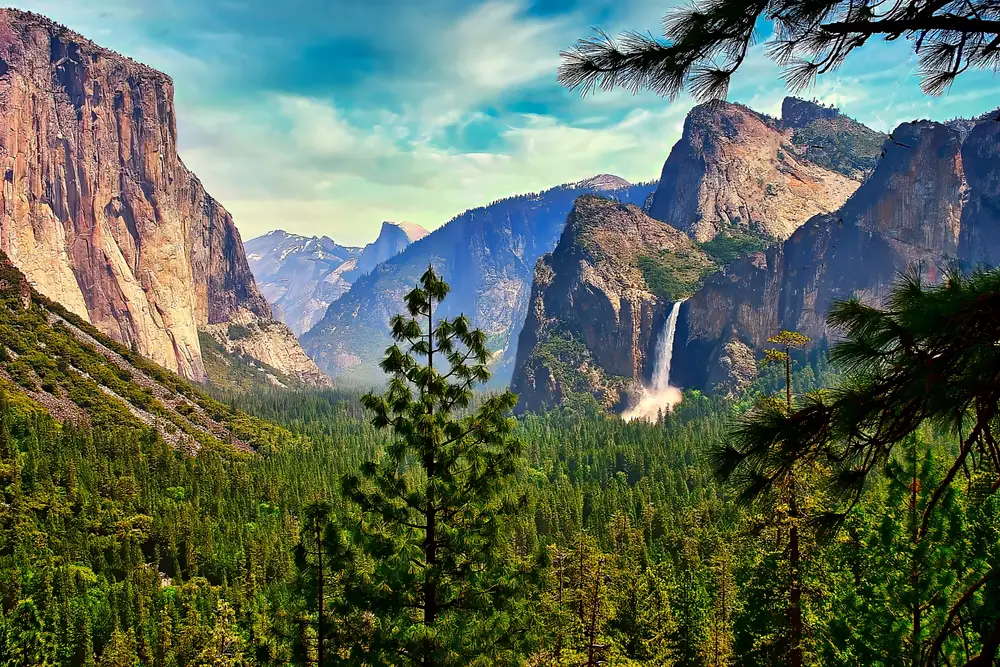
Yosemite’s majestic landscapes attract millions of visitors, but the park’s natural beauty can be deceptive. Rockfalls are a known hazard, especially in areas like Yosemite Valley where granite cliffs tower overhead. According to Dr. Greg Stock, a geologist with the National Park Service, rockfalls occur naturally and are often unpredictable. Visitors should be mindful of warning signs and always check with park staff for the latest safety information. The park’s trails, while stunning, demand respect and caution at every turn.
Water-related hazards also pose significant risks in Yosemite. The Merced River and various waterfalls can be alluring, but they are dangerous for swimming. Water levels can rise quickly, and currents are often stronger than they appear. Each year, accidents occur when people underestimate the power of water. It’s vital to heed all safety warnings and avoid swimming in unauthorized areas.
4. Denali National Park
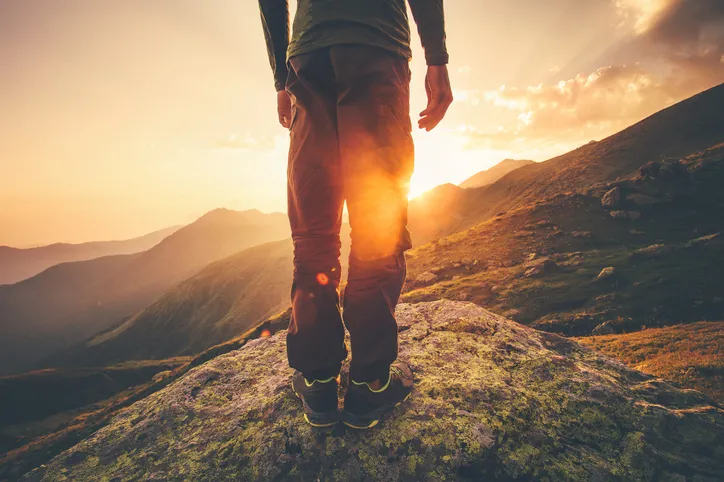
Denali offers some of the most rugged wilderness experiences in the country, which also means it’s not without its dangers. The park’s remoteness presents unique challenges for visitors. Weather conditions can change rapidly, and rescue efforts can be delayed due to the park’s vastness. It’s important to have a solid plan and let someone know your itinerary. Having the right gear and being prepared for sudden weather changes can make all the difference.
Wildlife encounters, particularly with bears, are a real concern in Denali. While seeing a bear in the wild can be thrilling, it’s crucial to stay safe. The park recommends carrying bear spray and knowing how to use it effectively. Hiking in groups and making noise can reduce the chance of surprising a bear. Understanding and respecting wildlife guidelines is key to a safe visit.
5. Mount Rainier National Park
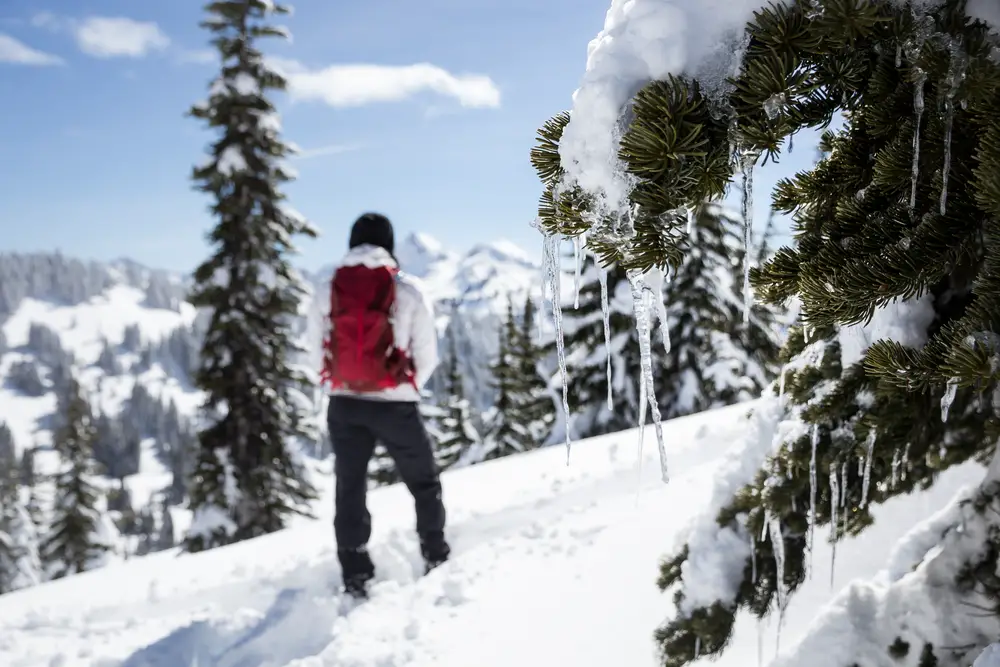
Mount Rainier’s snow-capped peaks are iconic, but they also hold potential dangers for the unprepared. Climbing the mountain is a serious endeavor that should not be taken lightly. Avalanches and crevasses are significant hazards for climbers. According to a study by the American Alpine Club, preparation and experience are crucial for anyone attempting a summit. Even for day visitors, the weather can be unpredictable, and it’s important to dress in layers and carry essential gear.
Besides mountaineering risks, the park’s terrain can be challenging for hikers. Trails can be steep and treacherous, especially in wet conditions. Slipping and falling are common causes of injury on the trails. Visitors should wear appropriate footwear with a good grip and take their time on difficult sections. Being cautious and prepared can help you enjoy Mount Rainier safely.
6. Great Smoky Mountains National Park

The Great Smoky Mountains may seem inviting with their lush forests and rolling hills, but they have their own set of challenges. The park’s dense fog can disorient hikers and lead to getting lost. It’s important to stay on marked trails and carry a map or GPS device. Cell service can be unreliable, so don’t rely on your phone for navigation. Ensuring you have a plan and someone knows your route is always wise.
The park is also home to black bears, which can pose a threat if provoked. Bear encounters are not uncommon, and it’s essential to know how to react. Proper food storage and disposal are crucial to prevent attracting bears to campsites. Rangers advise keeping a safe distance and never feeding wildlife. Following these guidelines can help ensure a safe and enjoyable visit.
7. Glacier National Park
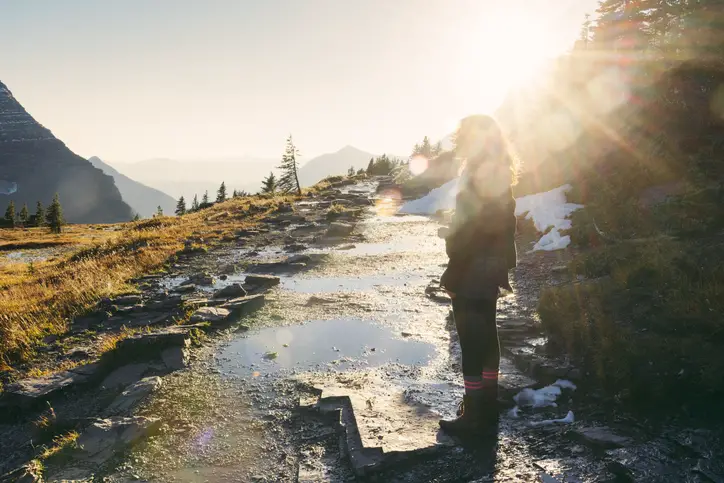
Glacier National Park offers breathtaking vistas but comes with its own array of hazards. One primary concern is the park’s rapidly changing weather. Dr. Laura Thompson, a climatologist from the University of Montana, notes that unexpected storms can occur even in summer. It’s critical to check the weather forecast and pack accordingly, including rain gear and warm clothing. Being prepared for sudden changes is key to staying safe.
Wildlife encounters in Glacier are another risk to consider. The park is home to grizzly bears and mountain lions, which can be dangerous if surprised or approached. Making noise while hiking and carrying bear spray are recommended precautions. It’s also wise to travel in groups and keep food stored safely. Understanding and respecting the park’s wildlife can help prevent dangerous situations.
8. Arches National Park
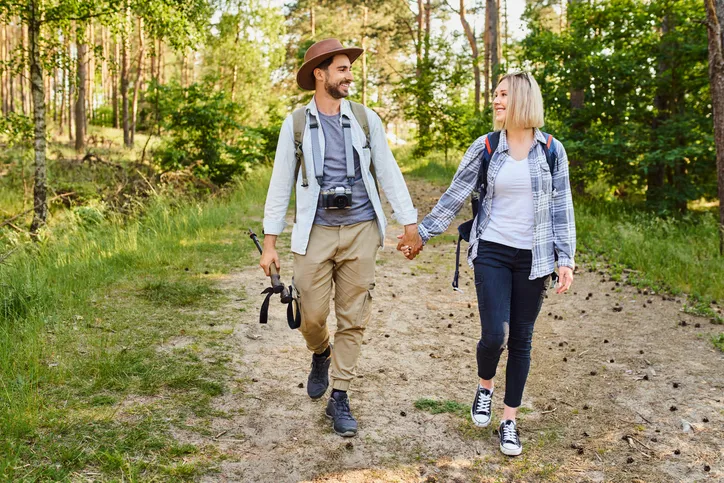
Arches is famous for its stunning rock formations, but these very structures can pose serious risks. The park’s trails often lead to high, exposed areas where falls are a genuine danger. Visitors should be cautious and aware of their surroundings, especially when exploring off the beaten path. The combination of steep drops and loose rock can lead to accidents if you’re not careful. Always prioritize safety over getting that perfect shot.
The park’s desert climate can also catch visitors off guard. Extreme heat during the summer months can lead to dehydration and heatstroke. It’s essential to bring plenty of water and wear sun protection like hats and sunscreen. Hiking earlier in the morning or later in the afternoon can help avoid the harshest conditions. Being mindful of the climate will ensure a more pleasant experience.
9. Hawaii Volcanoes National Park
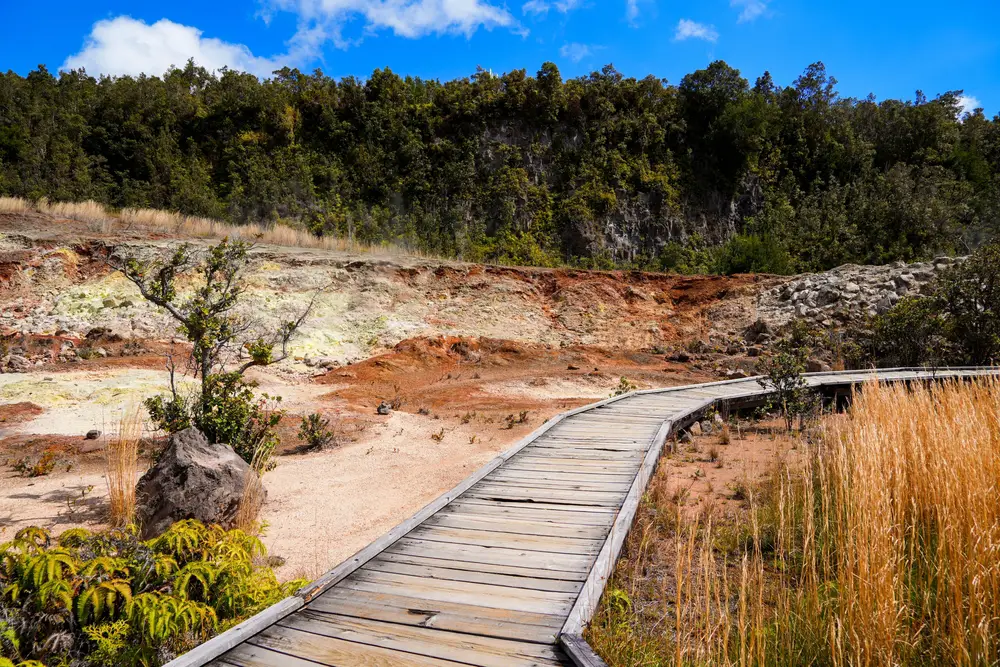
Hawaii Volcanoes National Park may sound like a dream destination, but active volcanoes mean unique hazards. Eruptions can occur with little warning, and lava flows pose obvious dangers. Visitors should always check the park’s current conditions and heed any warnings or closures. Even when there’s no eruption, volcanic gases can be harmful, especially for those with respiratory issues. Staying informed and cautious is essential when visiting this dynamic landscape.
The rugged terrain adds another layer of risk in the park. Trails can be challenging, with sharp lava rocks and unstable ground. Proper footwear and caution are vital to avoid injury. Additionally, the park’s coastal areas can have unpredictable surf and strong currents. Respecting the ocean’s power and staying within designated swimming areas is crucial for your safety.
10. Zion National Park
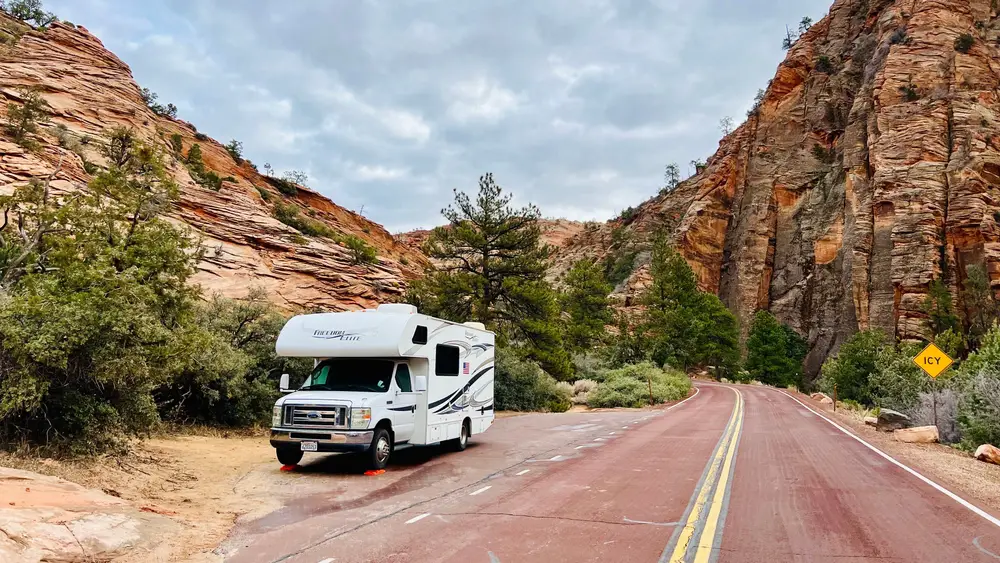
Zion’s towering red cliffs are awe-inspiring, but they also present hidden risks. Flash floods are a significant concern, especially in narrow canyons like The Narrows. Severe rainstorms can turn these areas into raging torrents in minutes. Checking weather reports and heeding ranger advice before entering canyons is crucial. Knowing the signs of an impending flood can save your life.
The park’s steep trails, such as Angel’s Landing, are not for the faint-hearted. These trails require a good level of fitness and no fear of heights. Falls from these trails are a real risk, and caution is advised at all times. Using the provided chains for support and taking your time can help ensure a safer hike. Respect your limits and prioritize safety over completion.
11. Sequoia National Park
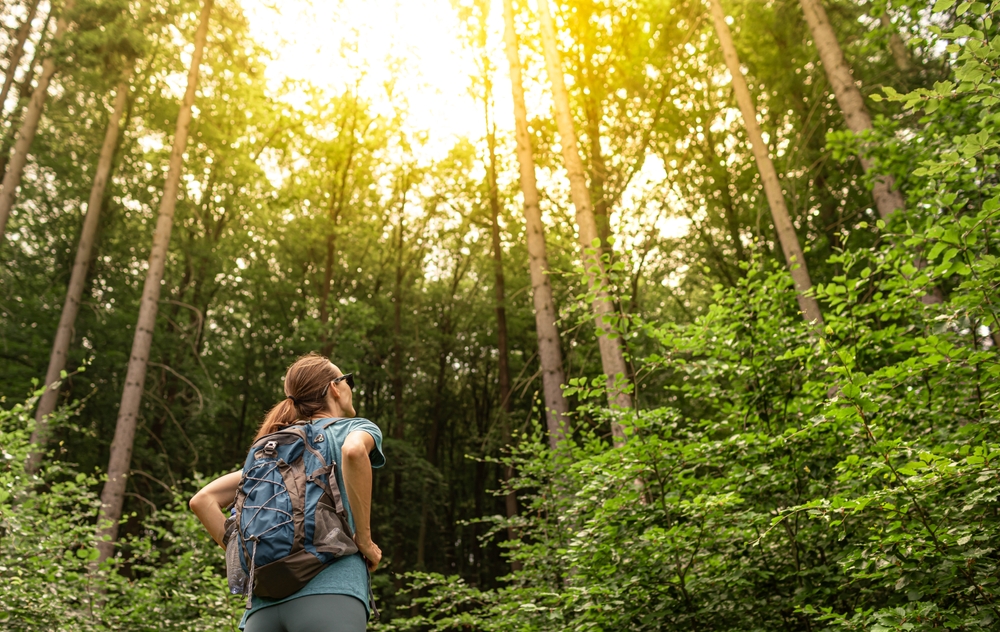
Sequoia’s ancient trees are a sight to behold, but the park’s terrain can be challenging for some visitors. The high altitude can cause altitude sickness in those unaccustomed to it. Symptoms include headaches, nausea, and dizziness, which can be dangerous if ignored. Acclimatizing slowly and staying hydrated can help mitigate these effects. It’s important to listen to your body and rest if necessary.
The park’s remote areas can lead to getting lost if you’re not careful. Staying on marked trails and carrying a map or GPS is advisable. Cell service is spotty, so don’t rely on your phone for directions. Informing someone of your plans ensures that someone will know if you’re overdue. Taking these precautions can help prevent an enjoyable trip from turning into an emergency.
12. Everglades National Park
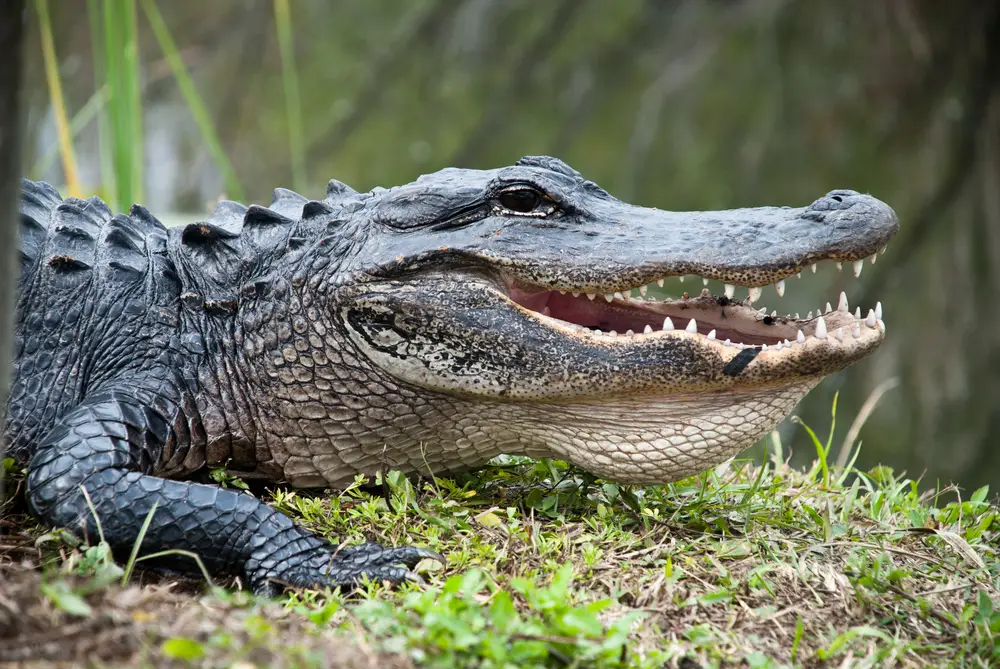
The Everglades are a unique ecosystem, but they come with risks that aren’t immediately obvious. The park is home to alligators and snakes, which can be dangerous if provoked. Staying on designated paths and boardwalks reduces the risk of wildlife encounters. It’s crucial to watch where you step and never feed or approach wildlife. Respecting the animals’ space is vital for your safety and theirs.
The park’s vastness can be disorienting, leading to getting lost or stranded. It’s essential to carry a map and have a clear idea of your route. Waterways can be confusing, so hiring a guide for boat trips is a wise choice. The park’s subtropical climate can be harsh, with intense heat and humidity. Being prepared with plenty of water and sun protection is crucial for a safe visit.
13. Acadia National Park
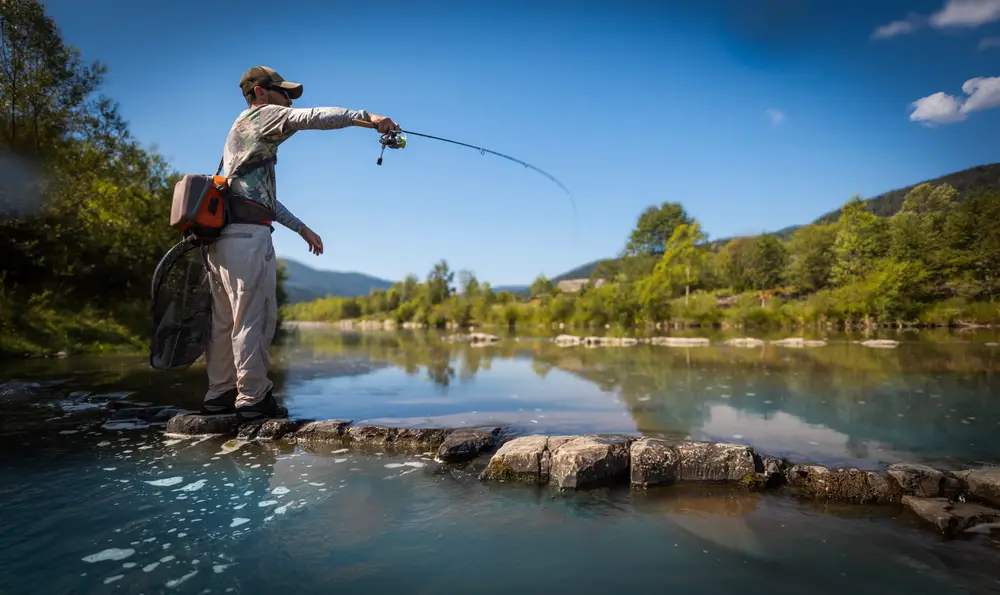
Acadia’s rugged coastline and granite peaks offer stunning views, but they come with their own set of risks. Coastal cliffs can be slippery and dangerous, posing a high risk of falls. Visitors should stay back from the edges and be particularly cautious in wet or windy conditions. Checking tide schedules can also prevent getting trapped by rising water. Being aware of your surroundings is key to enjoying Acadia safely.
The weather in Acadia can change quickly, leading to unexpected challenges. Fog can roll in rapidly, reducing visibility and making navigation difficult. It’s important to have a plan and stick to marked trails when exploring. Carrying a map and compass, along with a flashlight, is recommended. Being prepared for sudden weather changes will help ensure a safe visit.
14. Joshua Tree National Park
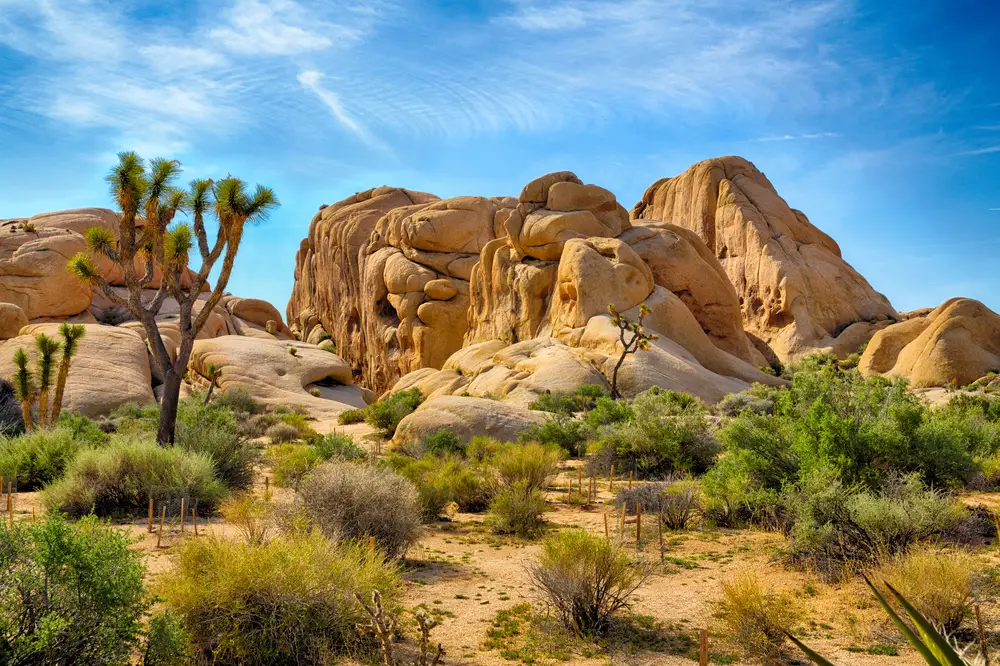
Joshua Tree’s desert landscape is mesmerizing, but it also demands respect from its visitors. The park’s extreme temperatures can be hazardous, especially during the summer months. Dehydration and heat exhaustion are common issues faced by unprepared visitors. Carrying ample water and avoiding strenuous activity during peak heat is crucial. Planning hikes for early morning or late afternoon can help avoid the harshest conditions.
The park’s remote location adds another layer of risk. Cell service is limited, and getting lost is a real possibility. It’s important to have a map and let someone know your plans. Proper preparation and awareness of your surroundings are essential for a safe visit. Joshua Tree’s beauty is best enjoyed with a healthy dose of caution.
